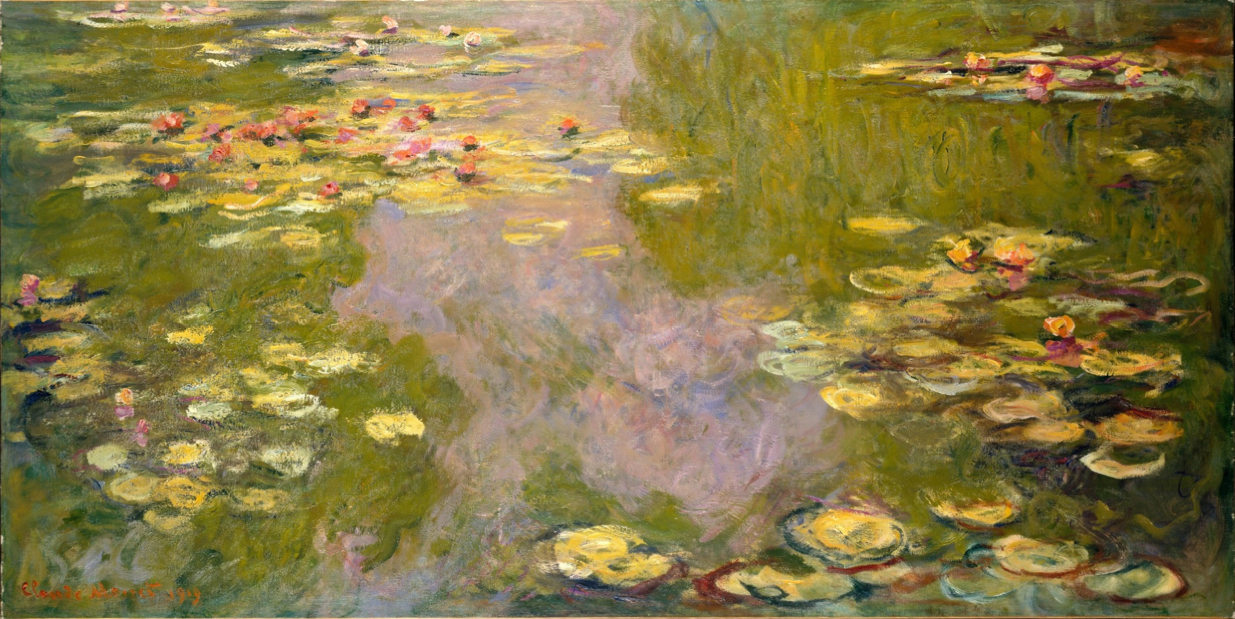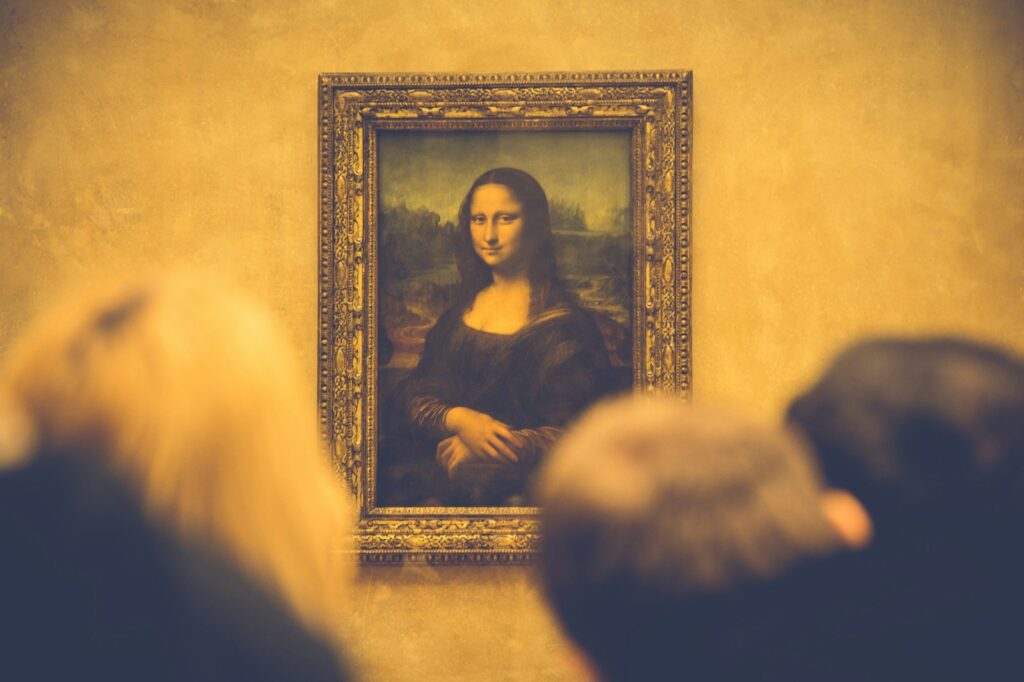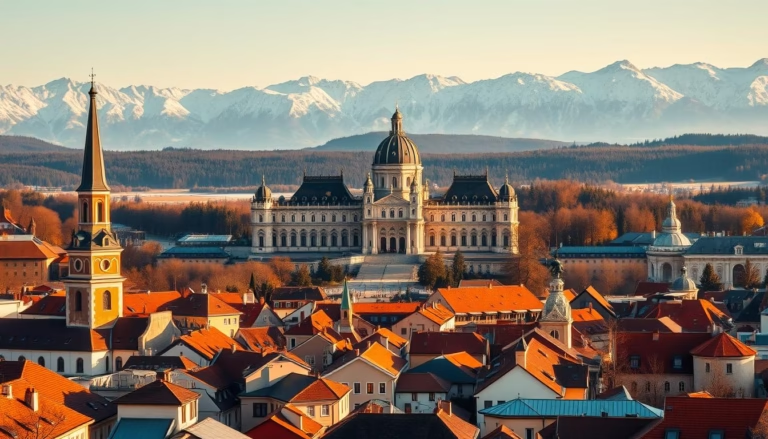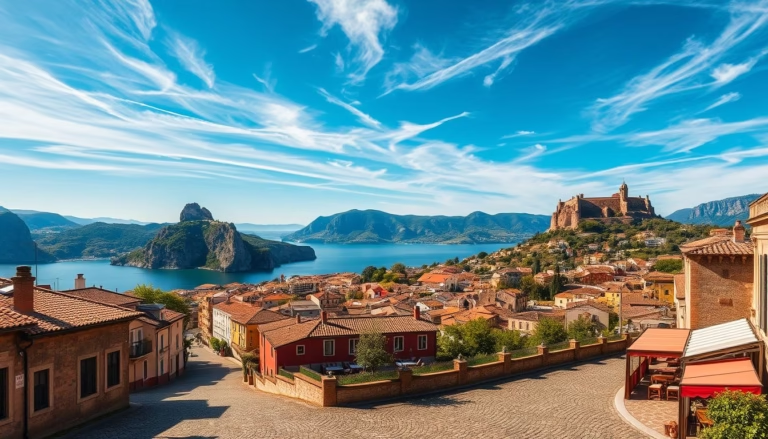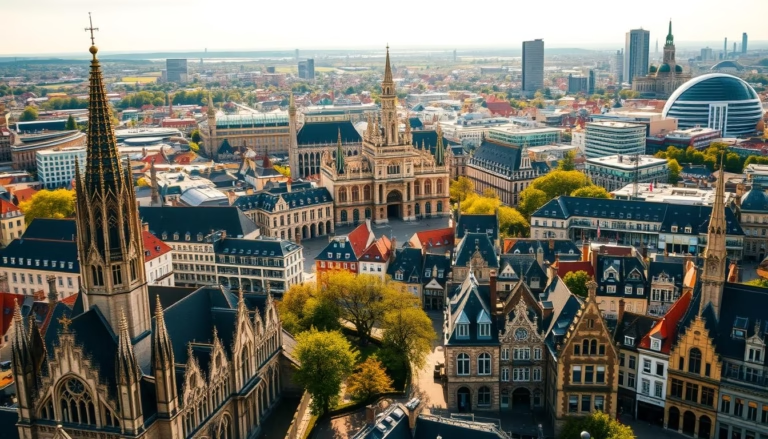10 Timeless Masterpieces You Must See Before You Die
Imagine stepping into a world where colors, shapes, and emotions collide on canvas, creating experiences that transcend time. Each brushstroke tells a story, each hue evokes a feeling—a journey through art reveals not just beauty but the soul of humanity. Join us as we embark on a mesmerizing adventure to discover ten masterpieces that have captured hearts and imaginations through the ages.
Table of Contents
- Mona Lisa: The Enigmatic Smile of Da Vinci
- Starry Night: Van Gogh’s Emotional Whirlwind
- The Last Supper: Leonardo’s Pivotal Moment
- The Scream: Munch’s Heartfelt Cry
- The Creation of Adam: Michelangelo’s Divine Touch
- Guernica: Picasso’s Protest Against War
- The Kiss: Klimt’s Golden Embrace
- Water Lilies: Monet’s Tranquil Reflections
- Night Watch: Rembrandt’s Bold Vigilance
- The Persistence of Memory: Dali’s Surreal Dreams
Mona Lisa: The Enigmatic Smile of Da Vinci
Widely hailed as the most famous painting in the world, Mona Lisa has captivated millions since it was created by Leonardo da Vinci in the early 1500s. This portrait of Lisa del Giocondo radiates mystery, her slight smile prompting curious glances and countless interpretations. Lost and found, the iconic painting was stolen in 1911, only to be recovered two years later, increasing its allure. Today, she resides proudly in the Louvre, attracting over six million visitors each year, each hoping to uncover the secrets behind her gaze.
Starry Night: Van Gogh’s Emotional Whirlwind
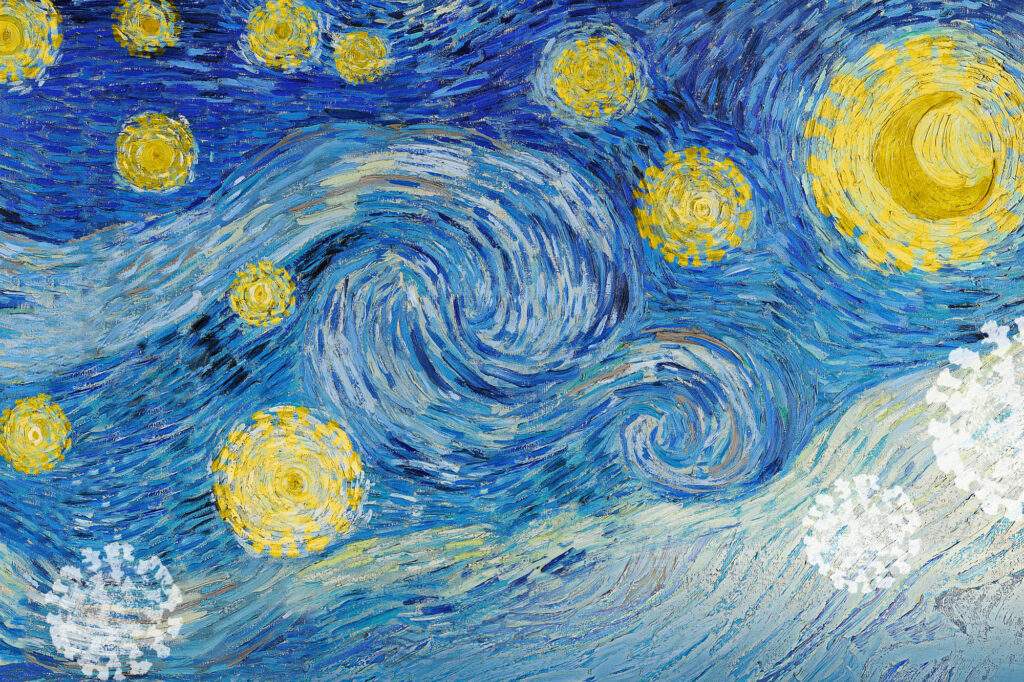
Starry Night transports viewers into the turbulent mind of Vincent van Gogh, who painted this masterpiece in 1889 from the confines of a mental asylum. Witness a nocturnal sky swirling with energy, where stars dance like flickering candles over a quiet village. Each brushstroke, thick and vivid, reflects Van Gogh’s emotional struggles yet also his profound appreciation for the beauty surrounding him. This great work is now housed in the Museum of Modern Art in New York, where it continues to inspire and provoke thought.
The Last Supper: Leonardo’s Pivotal Moment
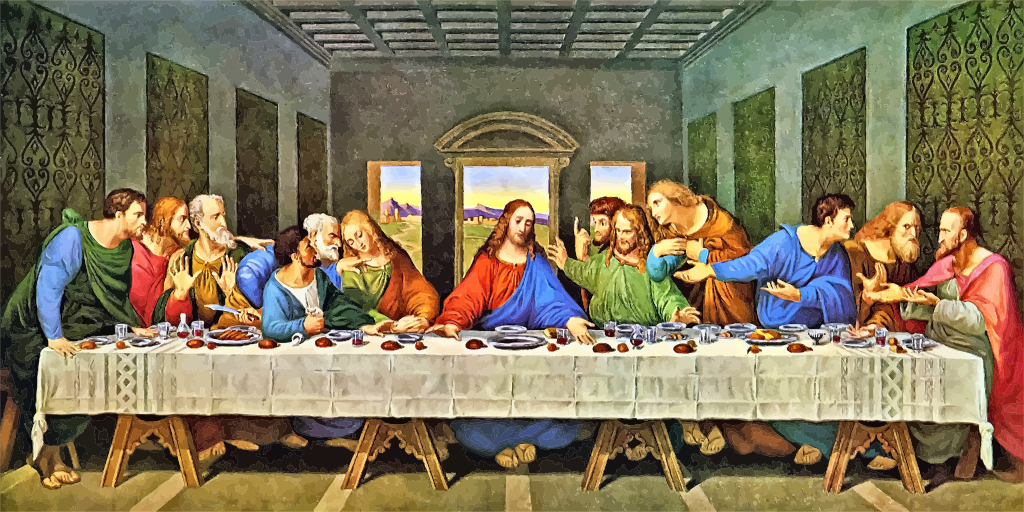
On a wall in the Convent of Santa Maria delle Grazie in Milan, The Last Supper by Leonardo da Vinci illustrates a powerful moment in the Christian narrative—the moment Jesus announces his betrayal. Painted in the 1490s, this iconic mural not only captures the emotional response of the apostles but also showcases Leonardo’s genius in composition and perspective. Despite the passage of time and numerous restorations, it remains a testament to religious art, demanding to be seen by those keen on understanding its historical and cultural weight.
The Scream: Munch’s Heartfelt Cry
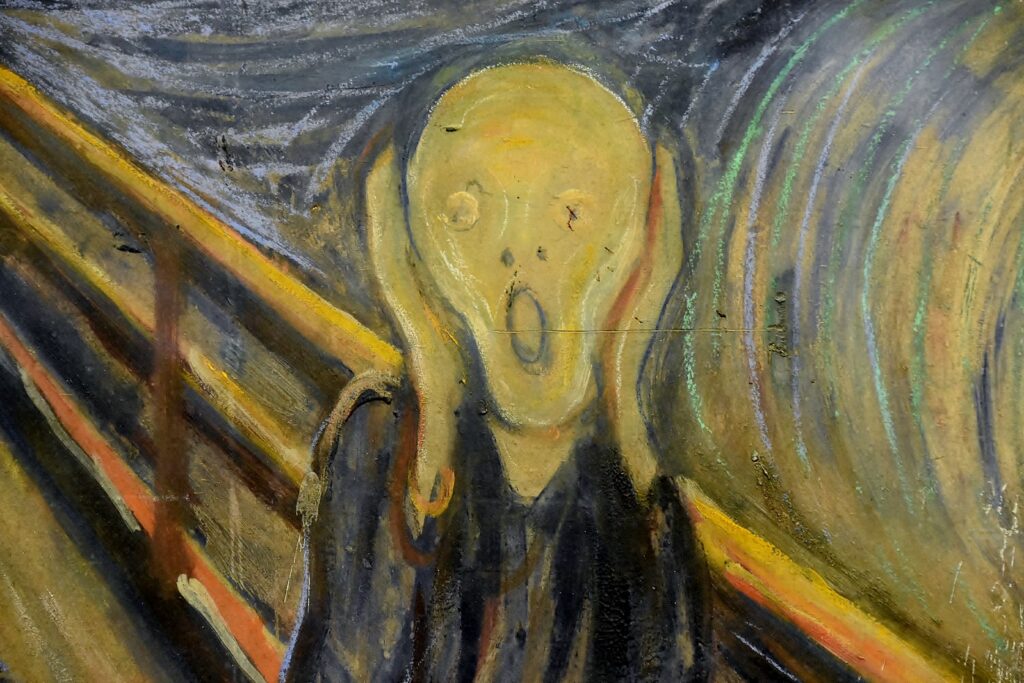
In a heart-rending expression of existential angst, The Scream by Edvard Munch continues to resonate deeply with viewers today. Created in 1893, this iconic expressionist piece captures a figure against a blood-red sky, embodying a universal human emotion. Its various interpretations and adaptations reflect the anxiety and despair found in modern existence. The Scream has had its place stolen and recovered through art heists but remains a significant cultural artifact displayed in Norway’s National Gallery.
The Creation of Adam: Michelangelo’s Divine Touch
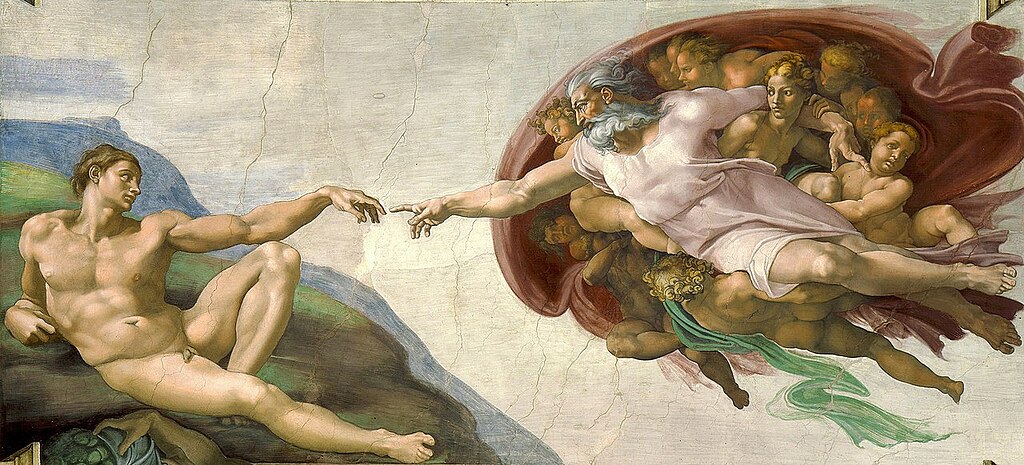
Arguably one of the highlights of the Sistine Chapel, The Creation of Adam portrays the moment God breathes life into Adam, the first man. This evocative scene, painted by Michelangelo between 1508 and 1512, showcases the artist’s unparalleled skill in anatomical accuracy and expression. Observers can marvel at the tension in the outstretched fingers of Adam yearning to meet the divine spark of life. This fresco remains an enduring symbol of artistry and divine creation.
Guernica: Picasso’s Protest Against War
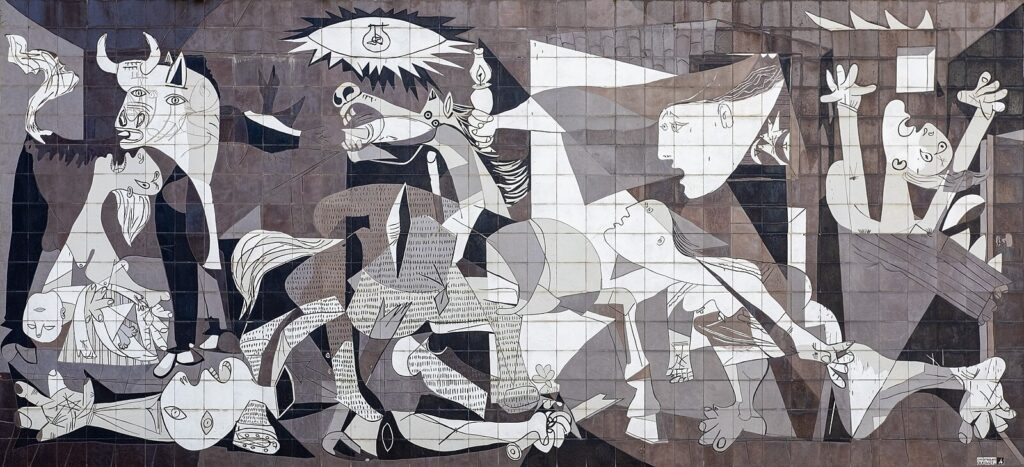
Bursting with raw emotion, Guernica by Pablo Picasso portrays the horror of the 1937 bombing of the Basque town during the Spanish Civil War. This monumental painting, rendered in a palette of blacks, whites, and grays, captures the anguish of war through distorted figures and chaotic imagery. Picasso’s powerful anti-war statement is essential viewing for those who wish to understand art’s ability to confront and reflect social realities, and it currently resides in the Museo Reina Sofia in Madrid.
The Kiss: Klimt’s Golden Embrace
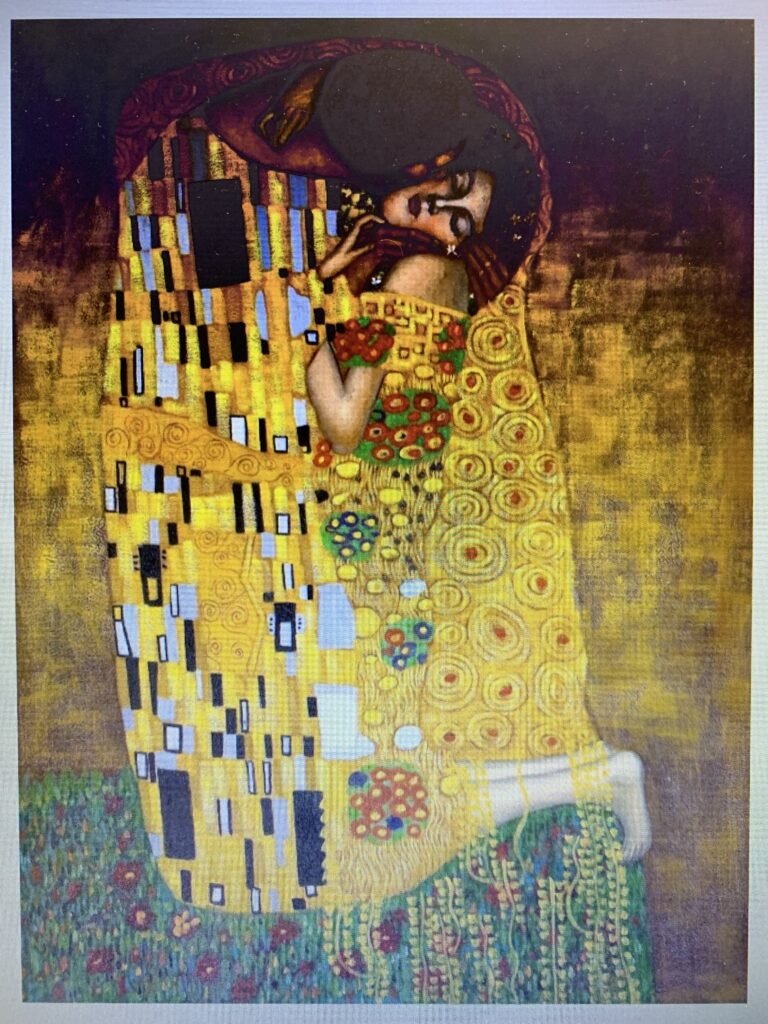
Adorned in gold leaf, The Kiss by Gustav Klimt captivates with its shimmering beauty. Painted during Klimt’s renowned ‘Golden Period’ around 1907, the artwork depicts a couple enveloped in a cocoon of pattern and color, revealing an intimate embrace amidst a striking background. The sensuality of this work speaks to universal themes of love and connection and is part of the extensive collection at the Belvedere in Vienna.
Water Lilies: Monet’s Tranquil Reflections
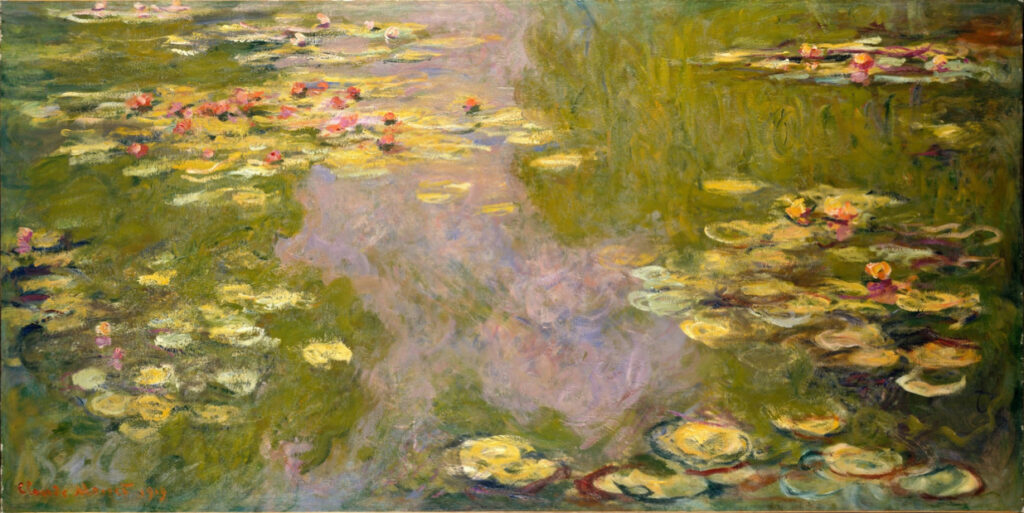
Immerse yourself in the serene world of Water Lilies, a series of over 250 works by Claude Monet captured from his garden in Giverny. Painted between 1896 and 1926, these landscapes invite viewers to reflect upon the play of light on water, illustrating the artist’s mastery of Impressionism. Each canvas bursts with color and life, showcasing blooming water lilies in a misty haven, and can be viewed at esteemed museums worldwide, including the Musée de l’Orangerie in Paris.
Night Watch: Rembrandt’s Bold Vigilance
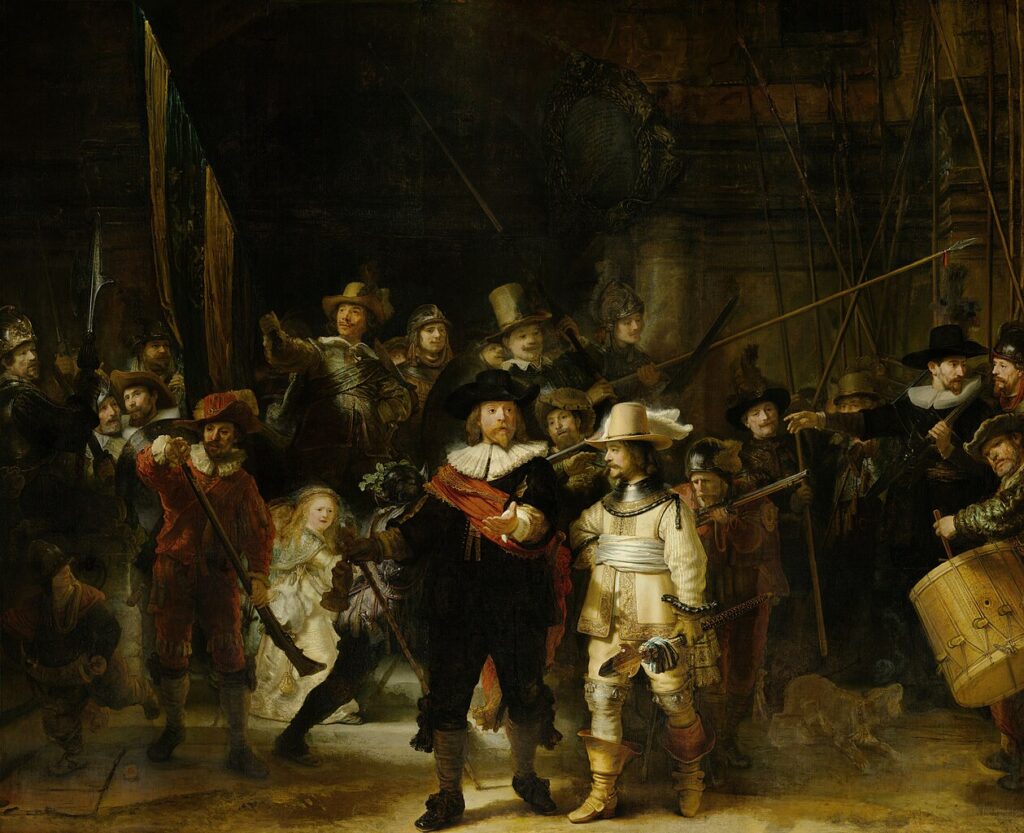
Step into the dramatic world of Night Watch, painted by Rembrandt van Rijn in 1642. This impressive piece, which reveals a company of militia as they prepare for a mission, is celebrated for its vivid portrayal of light and movement. Despite its initial misinterpretation as a night scene due to dark varnish, the painting has earned acclaim for its historical significance and emotional depth, making it a highlight of the Rijksmuseum in Amsterdam.
The Persistence of Memory: Dali’s Surreal Dreams
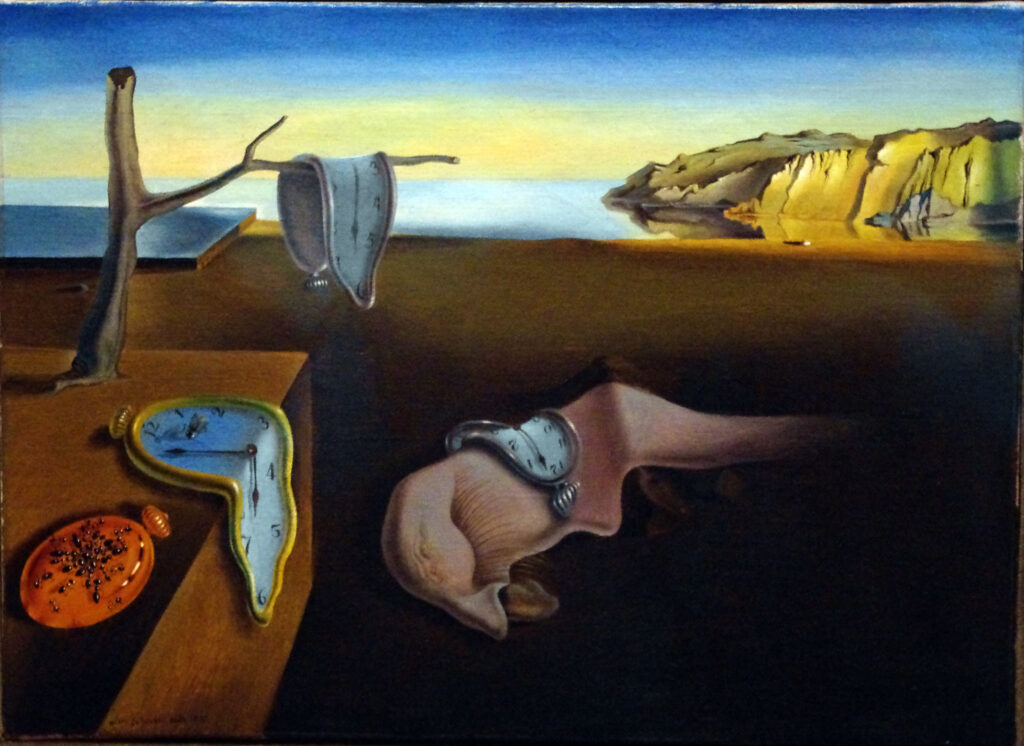
Discover the fantastical world of The Persistence of Memory by Salvador Dali, a surrealist masterpiece that bends the perception of time and reality. Created in 1931, it features iconic melting clocks draped across a desolate landscape, inviting viewers to ponder the fluidity of time. Influenced by Einstein’s theory of relativity, this striking artwork tempts us to question existence. You can gaze upon this unique vision at the Museum of Modern Art in New York.
